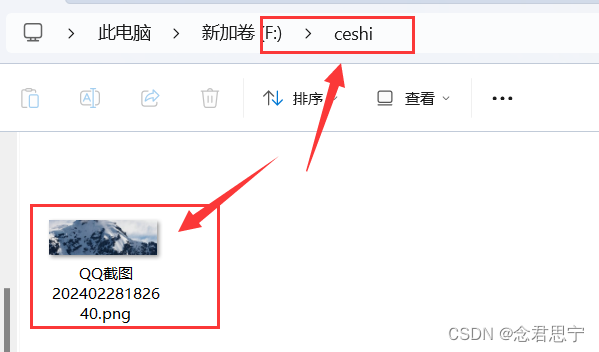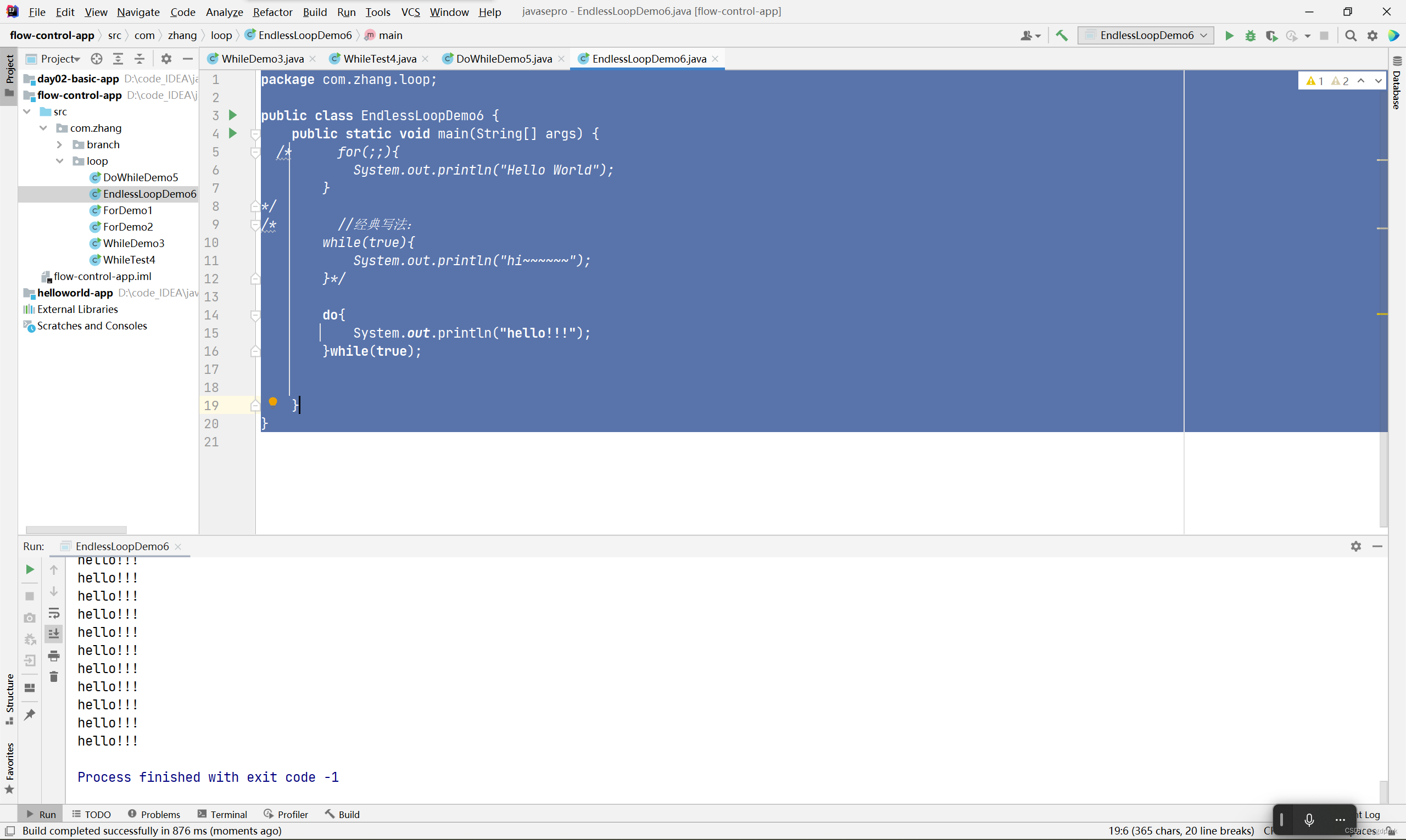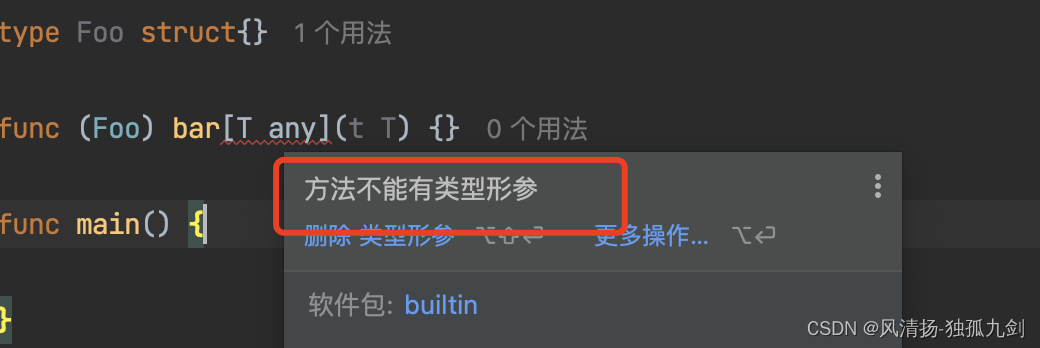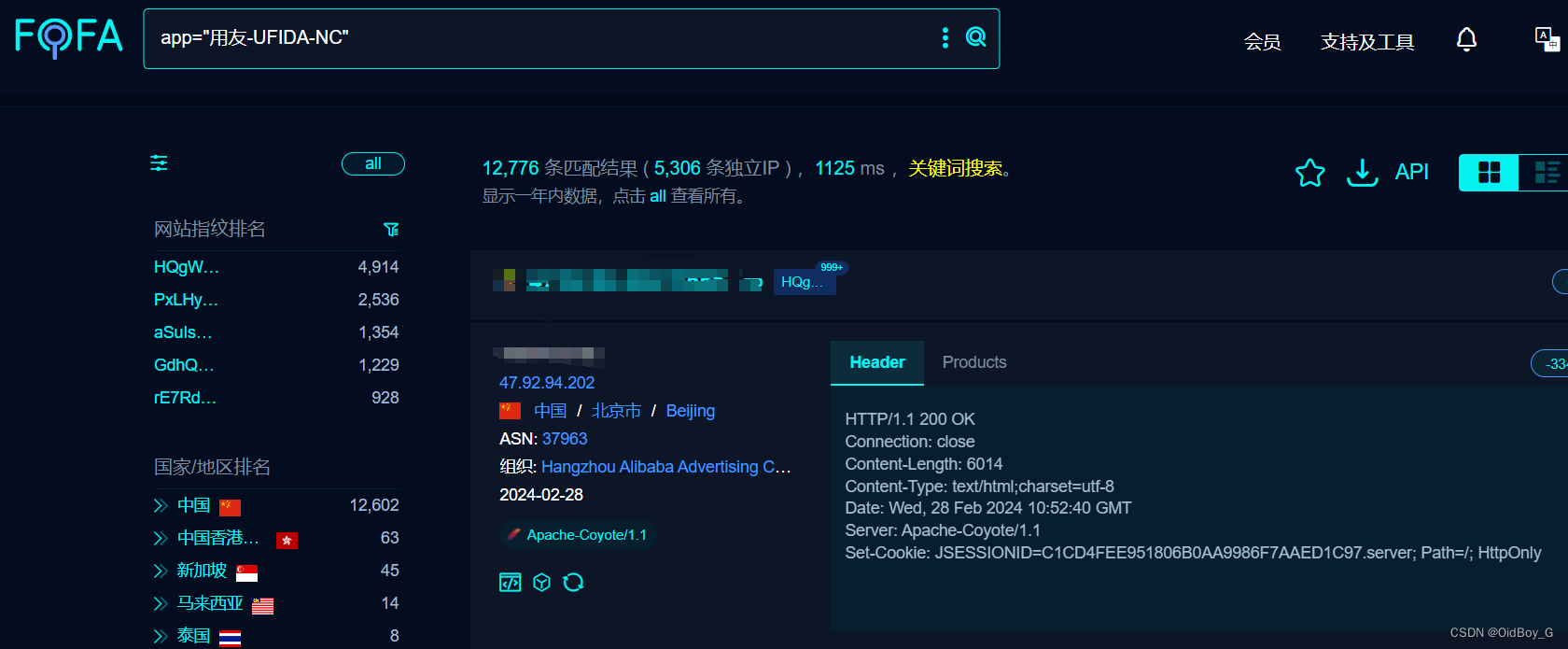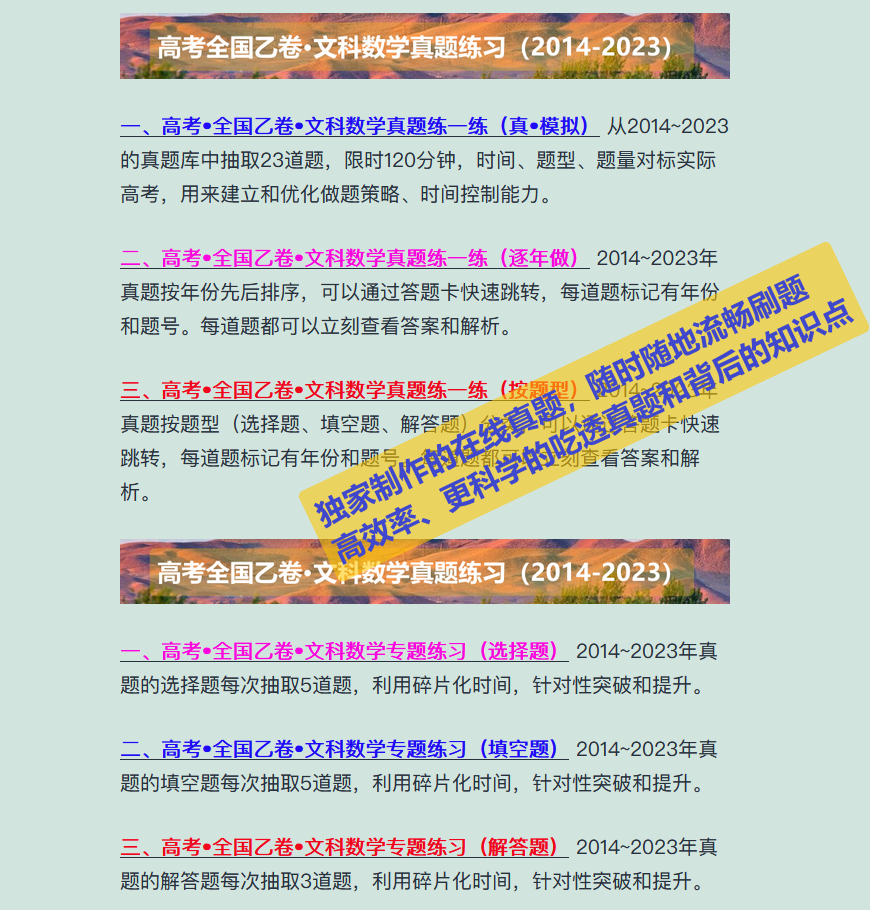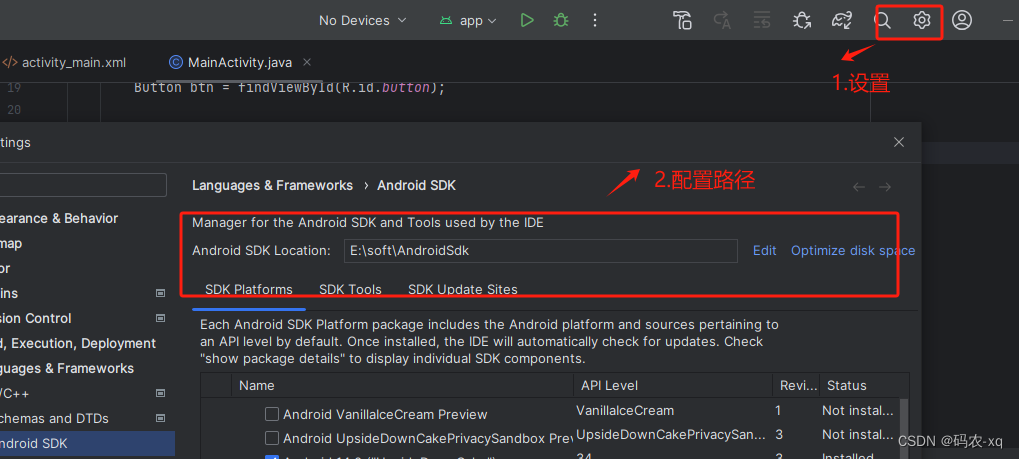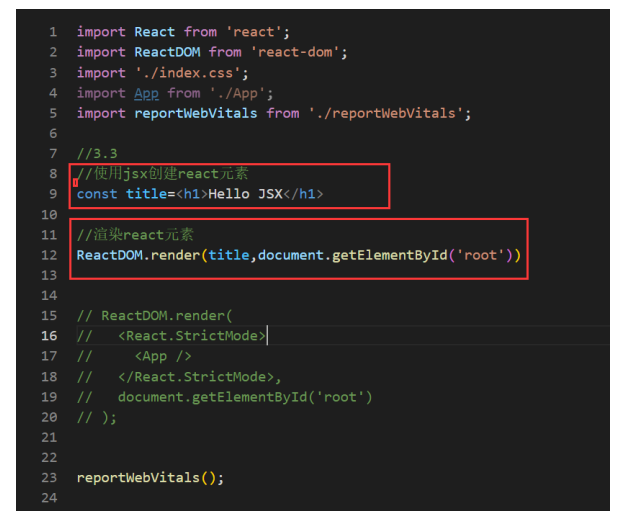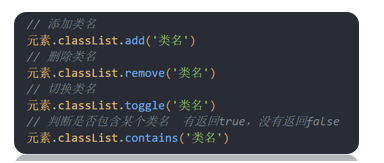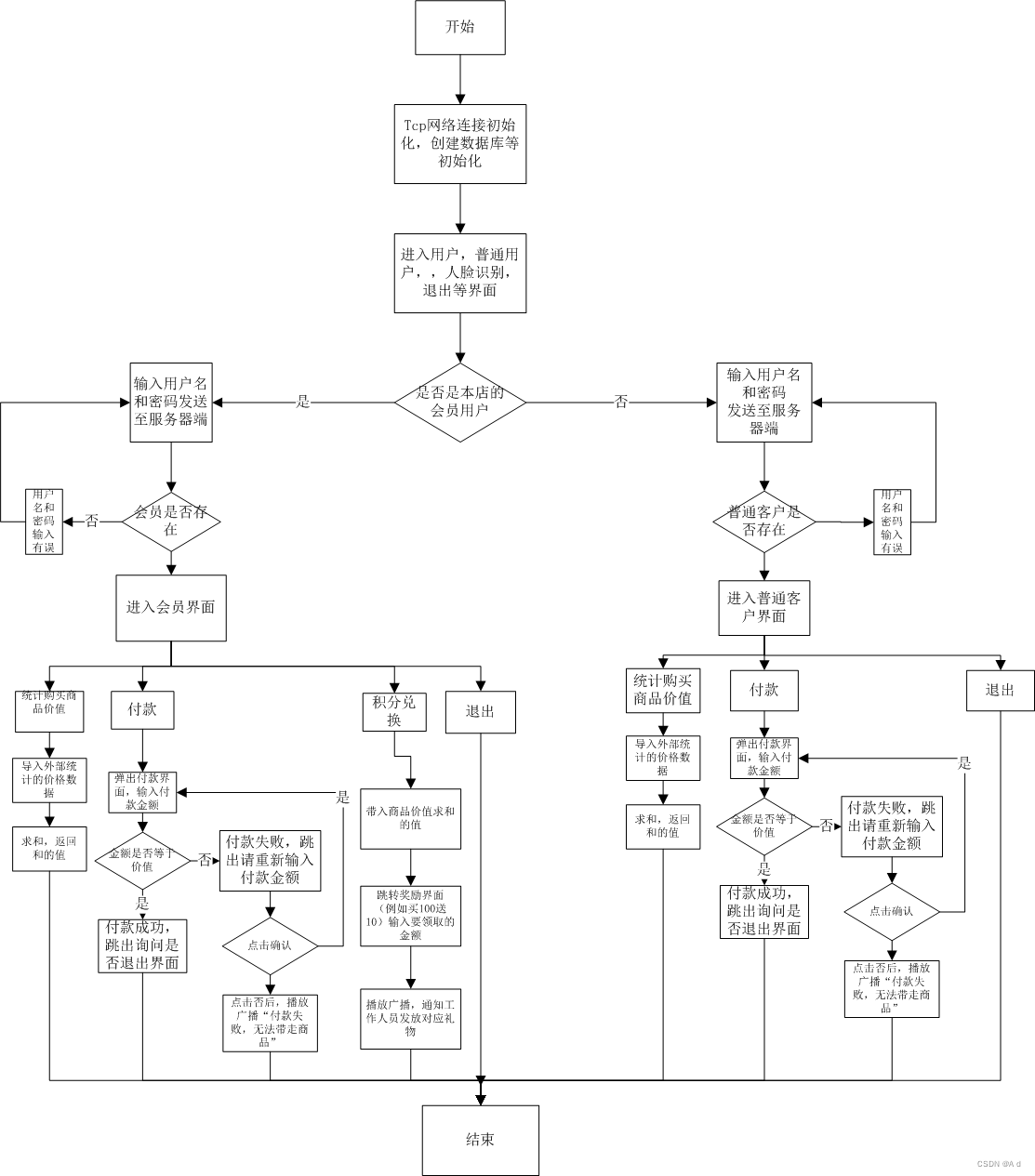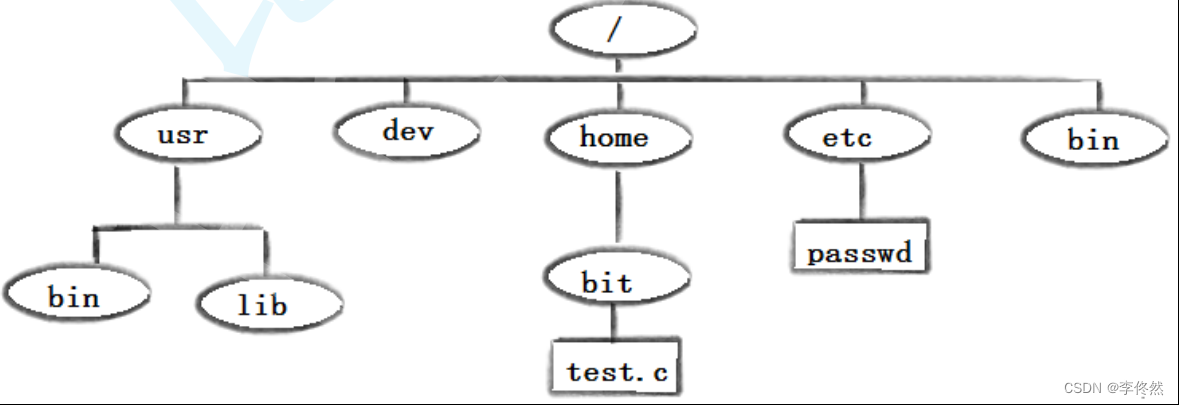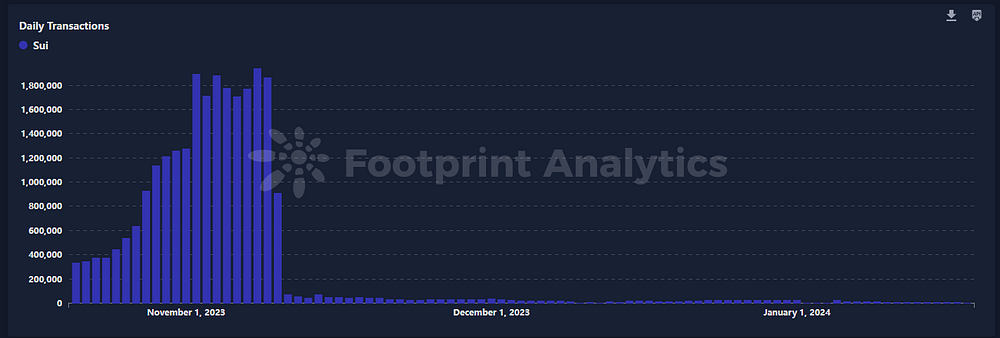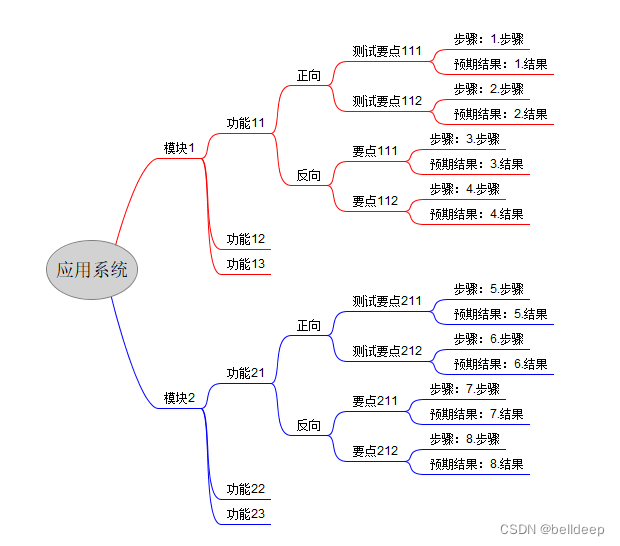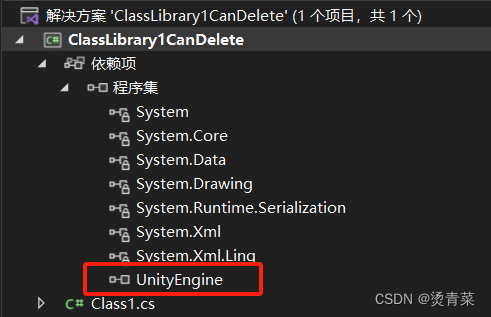1. react 路由原理
不同路径渲染不同的组件
有两种实现方式
● HasRouter 利用hash实现路由切换
● BrowserRouter 实现h5 API实现路由切换
1. 1 HasRouter
利用hash 实现路由切换
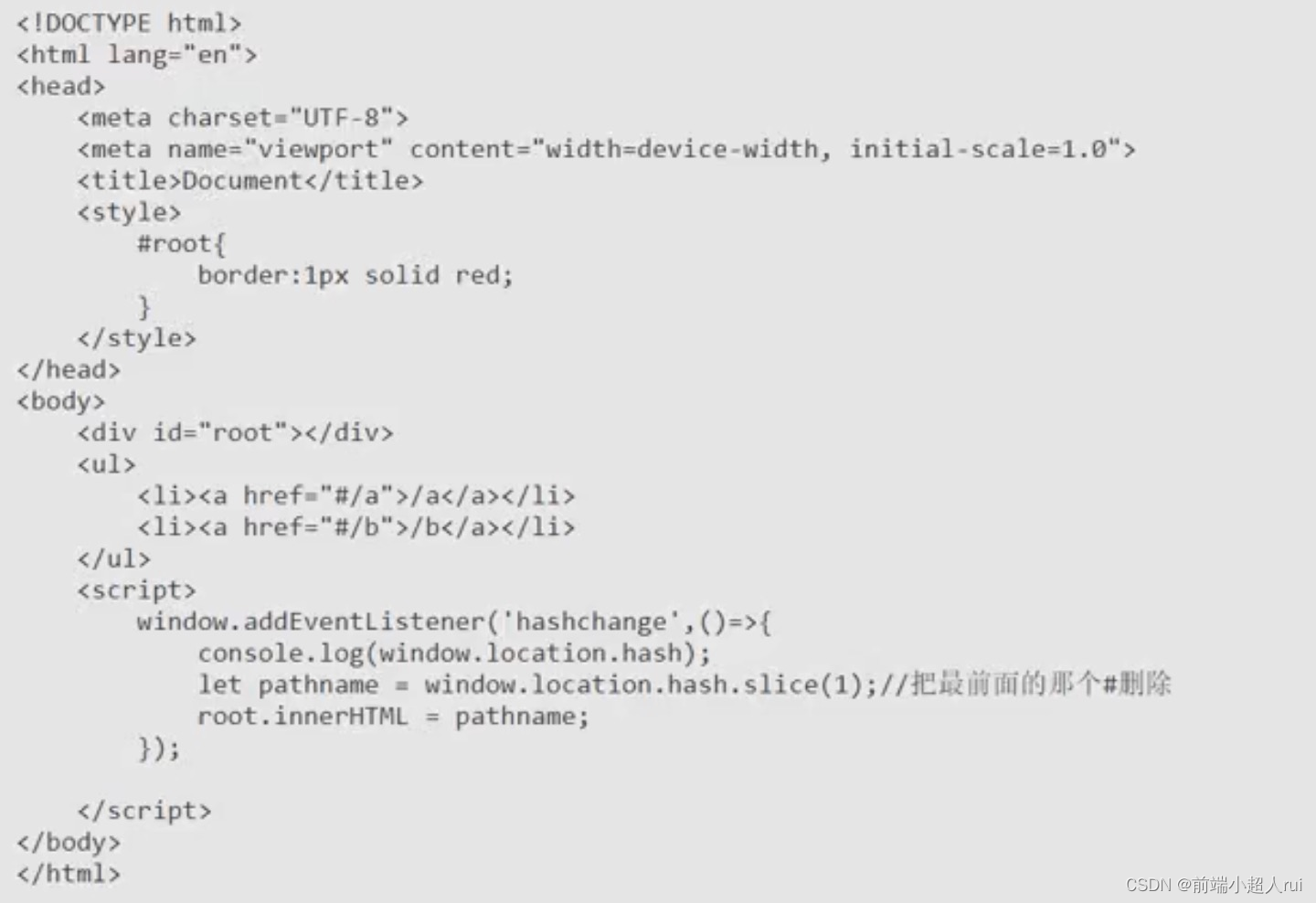
1.2 BrowserRouter
利用h5 Api实现路由的切换
1.2.1 history
- HTML5规范给我们提供了一个history接口
- HTML5 HIstory API包含两个方法:history.pushState()和history.replaceState(),和一个事件
window.onpopstate pushState
1.2.1.1 history.pushState(stateObject,title,url)
● 第一个参数用于存储该url对应的状态对象,该对象可在onpopstate事件中获取,也可在history对象中获取
● 第二个参数是标题,目前浏览器并未实现
● 第三个参数是设定的url
pushState函数向浏览器的历史堆栈中压入一个url为设定值的记录,并改变历史堆栈的当前指针至栈顶
1.2.1.2 replaceState
● 该接口与pushState参数相同,含义 也相同
● 唯一的区别在于replaceState是替换浏览器历史栈中的当前历史记录为设定的url
● 需要注意的是replaceState 不会改动浏览器历史堆栈的当前指针
1.2.1.3 onpopstate
● 该事件是window属性
● 该事件会在调用浏览器的前进,后退以及在执行history.forward,history.back 和history.go 的时候触发。因为这些操作有一个共性,即修改了历史堆栈的当前指针
● 在不改变document 的前提下,一旦触发当前指针改变则会触发onpopstate事件
2 实现基本路由
2.1 HashRouter 基本用法及实现
import React from 'react';
import { Router } from '../react-router';
import { createHashHistory } from '../history';
class HashRouter extends React.Component {constructor(props) {super(props);this.history = createHashHistory(props)}render() {return (<Router history={this.history}>{this.props.children}</Router>)}
}
export default HashRouter;
history 下的 createHashHistory.js
/*** 工厂方法,用来返回一个历史对象*/
function createHashHistory(props) {let stack = [];//模拟一个历史条目栈,这里放的都是每一次的locationlet index = -1;//模拟一个当前索引let action = 'POP';//动作let state;//当前状态let listeners = [];//监听函数的数组let currentMessage;let userConfirm = props.getUserConfirmation?props.getUserConfirmation():window.confirm;function go(n) {//go是在历史条目中跳前跳后,条目数不会发生改变action = 'POP';index += n;if(index <0){index=0;}else if(index >=stack.length){index=stack.length-1;}let nextLocation = stack[index];state=nextLocation.state;window.location.hash = nextLocation.pathname;//用新的路径名改变当前的hash值}function goForward() {go(1)}function goBack() {go(-1)}let listener = ()=>{let pathname = window.location.hash.slice(1);// /users#/api /apiObject.assign(history,{action,location:{pathname,state}}); if(action === 'PUSH'){stack[++index]=history.location;//1 2 3 6 5 //stack.push(history.location);}listeners.forEach(listener=>listener(history.location));}window.addEventListener('hashchange',listener);//to={pathname:'',state:{}}function push(to,nextState){action = 'PUSH';let pathname;if(typeof to === 'object'){state = to.state;pathname = to.pathname;}else {pathname = to;state = nextState;}if(currentMessage){let message = currentMessage({pathname});let allow = userConfirm(message);if(!allow) return;}window.location.hash = pathname;}function listen(listener) {listeners.push(listener);return function () {//取消监听函数,如果调它的放会把此监听函数从数组中删除listeners = listeners.filter(l => l !== listener);}}function block(newMessage){currentMessage = newMessage;return ()=>{currentMessage=null;}}const history = {action,//对history执行的动作push,go,goBack,goForward,listen,location:{pathname:window.location.hash.slice(1),state:undefined},block}if(window.location.hash){action = 'PUSH';listener();}else{window.location.hash='/';}return history;
}export default createHashHistory;
2.2 BrowserRouter基本用法及实现
import React from 'react';
import { Router } from '../react-router';
import { createBrowserHistory } from '../history';
class BrowserRouter extends React.Component {constructor(props) {super(props);this.history = createBrowserHistory(props)}render() {return (<Router history={this.history}>{this.props.children}</Router>)}
}
export default BrowserRouter;
history 下的 createBrowserHistory.js
/*** 工厂方法,用来返回一个历史对象*/
function createBrowserHistory(props){let globalHistory = window.history;let listeners = [];let currentMessage;let userConfirm = props.getUserConfirmation?props.getUserConfirmation():window.confirm;function go(n){globalHistory.go(n);}function goForward(){globalHistory.goForward();}function goBack(){globalHistory.goBack();}function listen(listener){listeners.push(listener);return function(){//取消监听函数,如果调它的放会把此监听函数从数组中删除listeners = listeners.filter(l=>l!==listener);}}window.addEventListener('popstate',(event)=>{//push入栈 pop类似于出栈setState({action:'POP',location:{state:event.state,pathname:window.location.pathname}});});function setState(newState){Object.assign(history,newState);history.length = globalHistory.length;listeners.forEach(listener=>listener(history.location));}/*** push方法* @param {*} path 跳转的路径* @param {*} state 跳转的状态*/function push(to,nextState){//对标history pushStateconst action = 'PUSH';let pathname;let state;if(typeof to === 'object'){state = to.state;pathname = to.pathname;}else {pathname = to;state = nextState;}if(currentMessage){let message = currentMessage({pathname});let allow = userConfirm(message);if(!allow) return;}globalHistory.pushState(state,null,pathname);let location = {state,pathname};setState({action,location});}function block(newMessage){currentMessage = newMessage;return ()=>{currentMessage=null;}
}const history = {action:'POP',//对history执行的动作push,go,goBack,goForward,listen,location:{pathname:window.location.pathname,state:globalHistory.state},block}return history;
}export default createBrowserHistory;
